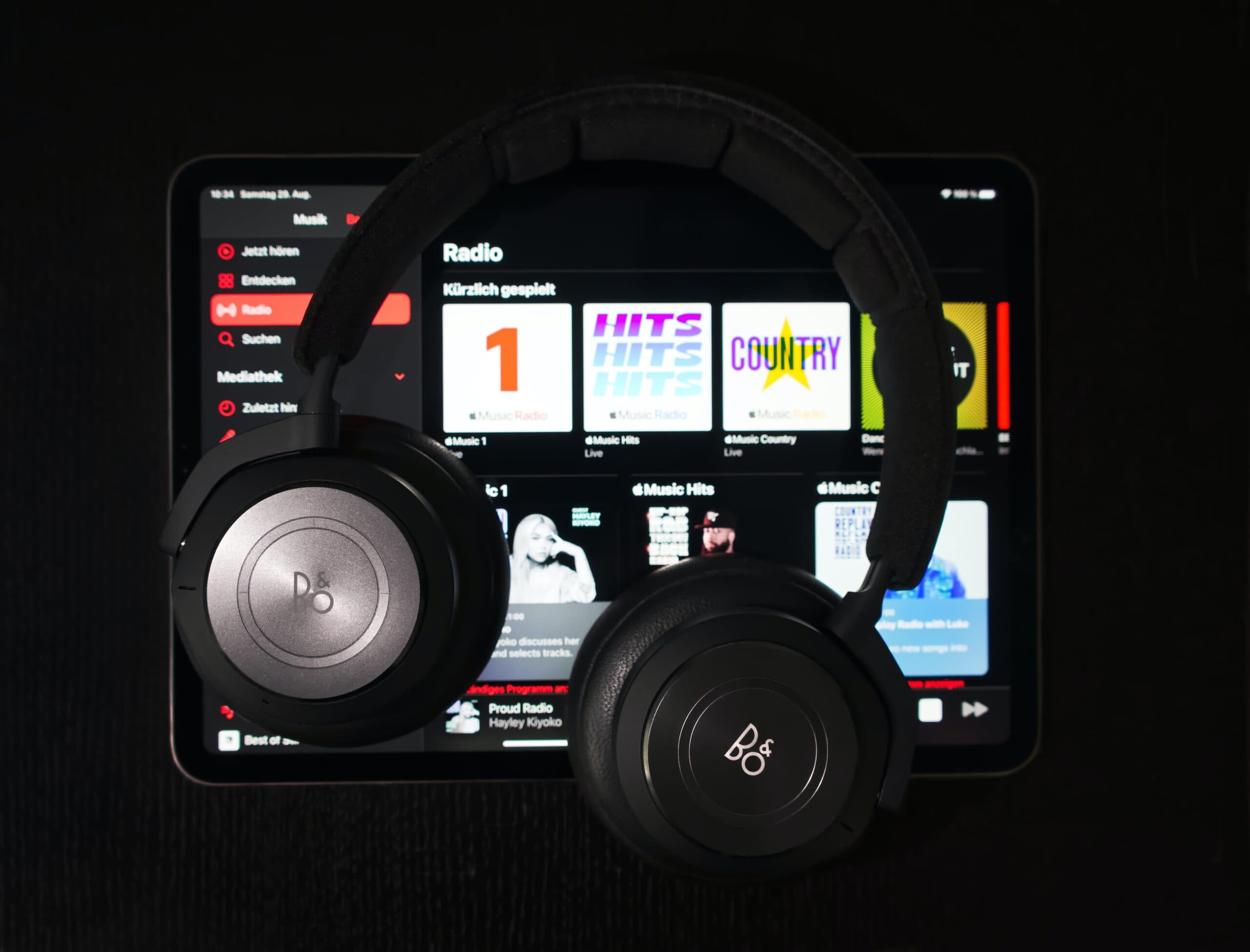
Digital Performance vs Neighbouring Rights Royalties
Did you know that the US does not recognise neighbouring rights?
This means that royalties are NOT paid to recording rightsholders when their track is spun in a public setting.
Royalties are paid for the underlying composition of course, which are licenced and collected by PROs.
However, there might still be money left on the table recording side.
Digital Performance Royalties
Non-interactive streaming platforms pay royalties to master rights-holders via SoundExchange. These are known as digital performance royalties.
SoundExchange administers the statutory license, which allows services to stream artistic content while paying a fixed rate for each play. SoundExchange collects and distributes royalties for the featured artist and the sound recording copyright owner when content is played on a non-interactive digital source.
https://www.soundexchange.com/about/general-faqs/
The Difference
Neighbouring rights refer to rights-holders when their recording is played publicly, but digital performance refers to their rights when the recording is streamed on a non-interactive streaming platform.
Further Reading
Types of Music Royalties — How to collect them all
Digital Performance Royalties: How They’re Distributed and Who Earns Them — SoundCharts.com
Photo by Alexander Sinn on Unsplash
This article was brought to you by Songcards
© 2025 Unlock Your Sound Ltd | Privacy Policy